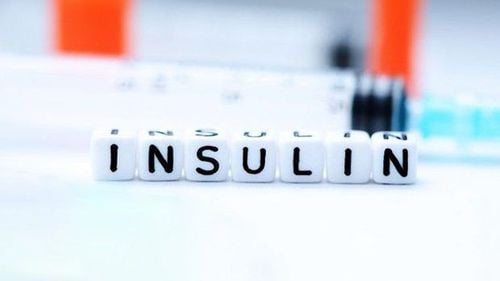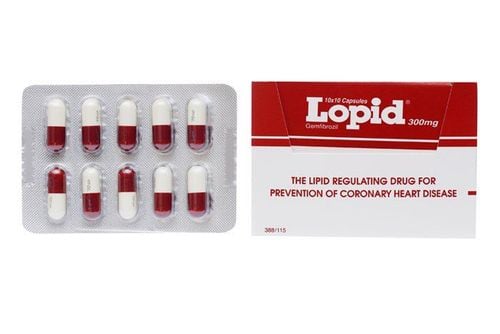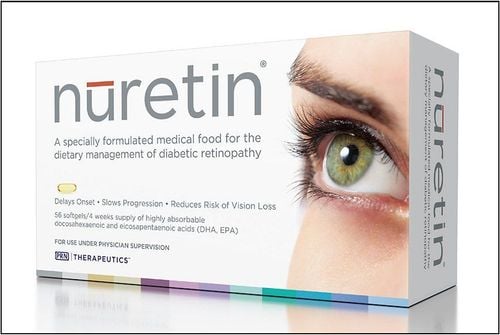This is an automatically translated article.
Fatty foods are often linked to overweight, obesity, heart disease and stroke, but eating the right fats can provide the body with many health benefits. Therefore, parents need to know when to feed their children fat or how to properly feed them to provide safe fats for children.
1. What is fat?
Fats are nutrients in food that the body uses to build nerve tissue (including brain and nerves) and hormones. The body also uses fat for energy. If ingested fat is not burned for energy or used to build the body's structures, the excess will be stored in fat cells, potentially causing many problems. about health.
For children and adolescents, desserts and snacks (including chips, chocolate, cakes, doughnuts, cakes and cookies) are a significant source of fat. Children also get fat from whole dairy products and high-fat meats, such as bacon, hot dogs, and fatty cuts of red meat.
Fast food and processed foods tend to have more fat than home cooking. Fried, fried or sautéed foods have the highest fat content. Fat is also often "hidden" in foods in the form of cream, cheese or butter sauces.
However, healthy fats in the recommended daily amount are an important part of a nutritious diet for both children and adults.
2. The role of fats for health
Healthy fats are a necessary condition for children's growth and development. In particular, young children need to get enough of this substance in their diet to help their brain and nervous system develop normally.
The main value of fat which is an excellent source of energy for the body, twice as many calories as carbohydrates or proteins. For example, 1 gram of fat provides 9 calories, while 1 gram of carbohydrate or protein provides 4 calories. In addition, the role of healthy fats also includes:
Helps the body absorb certain fat-soluble vitamins such as vitamins A, D, E and K, which means they can only be absorbed if present. fat in the diet; As a component of the synthesis of hormones; Building structure for all nervous system tissues in the body; Helps maintain a feeling of fullness, avoiding overeating.

Cha mẹ cần biết thời điểm nào cho bé ăn dầu mỡ hay cho bé ăn dầu ăn đúng cách như thế nào
3. Types of fats in food
The composition of fats in foods is divided into three main categories:
Unsaturated fats: Found in plant foods and fish, these are considered neutral or even healthy. heart health. Unsaturated fats include monounsaturated (found in avocados and olive, peanut, and canola oils); polyunsaturated (prepared in oily plants to form vegetable oils) and omega-3 fatty acids, a type of polyunsaturated fat found in oily fish such as tuna and salmon saturated: Found in meat and other animal products, such as butter, shortening, lard, cheese, and milk (except fat-free or skim). Coconut oil is also saturated fat and has gained popularity due to its health benefits; however, olive oil and canola oil are better for the heart. When you consume a lot of saturated fat, blood cholesterol levels rise and increase the risk of heart disease. Trans fats: Found in some margarine bars, edibles, baked goods, and some fried foods. Trans fats can raise cholesterol and increase your risk of heart disease.
4. When should children eat fat?
Grease is one of the common forms of fat present in daily meals. Accordingly, healthy fats remain an important part of a child's diet and they should not be excessively limited or banned. Especially for young children, fat and cholesterol play a core role in brain development. For children under 2 years old, they can eat fatty foods without limiting fat. In general, children should eat a varied diet with about one-third of calories coming from fat.
In infants and exclusively breastfed infants, breast milk, with its main component of fat, contains all the fats that babies need according to their needs.
At the stage of children learning to eat solid foods, it is necessary to start feeding them with fat because the amount of fat needed for children mainly comes from the external diet. Breast milk or formula milk contains only a very small amount of fat compared to the needs of babies at this age. Therefore, when preparing each meal for children, parents need to add more fat. Thus, when should the child eat fat is when the child begins to eat solids. A teaspoon of olive oil in a bowl of baby powder can be enough to meet your needs. Besides, lard, butter, cheese... can also be examples of suitable fats for children to provide fat from the age of weaning. In addition, ready-to-eat powders prepared according to the correct recipe or cereal cakes for babies to practice chewing also contain fat according to the serving size.
When children are older and can sit at the same table with adults, the variety of dishes and balance of ingredients in daily family meals can provide enough fat for children. In addition, processed foods, fast foods, and confectionery that children often love are always a rich source of fat.

Cha mẹ cần cho bé ăn dầu ăn đúng cách và kiểm soát liều lượng thích hợp
5. How to feed your baby with cooking oil properly?
Feeding your baby enough fat or fat is an important part of a healthy diet. However, the truth is that many children today eat too much fat, abuse too much cooking oil to prepare fried and stir-fried dishes, which can lead to unwanted weight gain and obesity. These children are at increased risk of heart disease, high blood pressure and diabetes as adults.
Therefore, parents need to feed their baby with cooking oil properly and control the appropriate dose. Here are a few ways to keep the amount of fat and grease in your baby's meals within the recommended range:
Feed your child foods that contain natural fats, such as fruits and vegetables, whole grains, and whole grains. whole grains, lean meats and fish, low-fat dairy products. Choose healthier, unsaturated fats when preparing meals and reduce your intake (for example, 1 teaspoon canola, olive or 1⁄4 avocado). When cooking meat, fish, or poultry, choose to steam, stew, grill, or roast. These methods allow fat and grease to wash away during the cooking process, while also cutting excess calories. Limit your children to eat fried foods as well as use less oil in each processing time. Pack meals for kids at school, lunches when going out or for family outings instead of going to fast food restaurants because they often contain a lot of cooking oil as well as frying oil many times. When eating out, teach your child to choose healthy, balanced foods that don't include large amounts of fat or grease. For example, eat lots of green vegetables and use low-fat sauces. Choose dishes that are steamed or grilled rather than fried in oil. The most effective way to teach children healthy eating habits is for parents to set a good example themselves. Involve your baby in the food preparation process to practice feeding your baby the right amount of cooking oil in the right amount. In a nutshell, fats are an essential part of the diets of children through adolescence. Fats have always played an important role in brain development and in helping children reach their maximum developmental potential. Because excess fatty foods often adversely affect health, when building meals for children, right from the first weaning meal, parents need to give their baby the right cooking oil, the right type and the right dose to ensure a balanced and scientific diet.
References: kidshealth.org, aboutkidshealth.ca, pregnancybirthbaby.org.au













